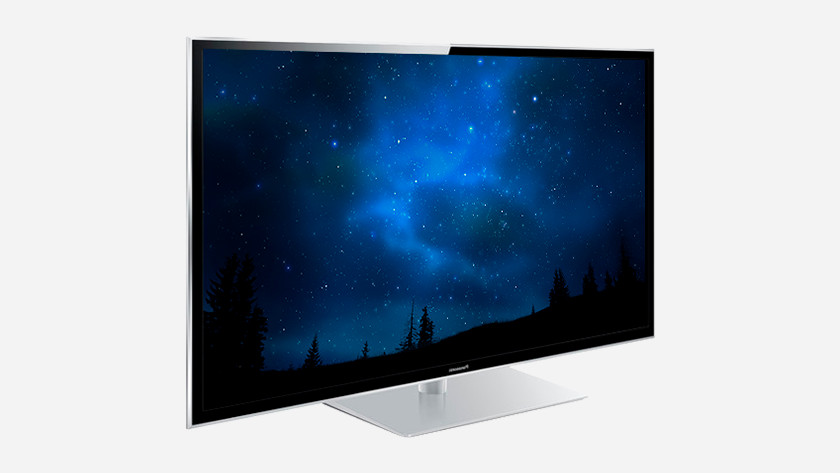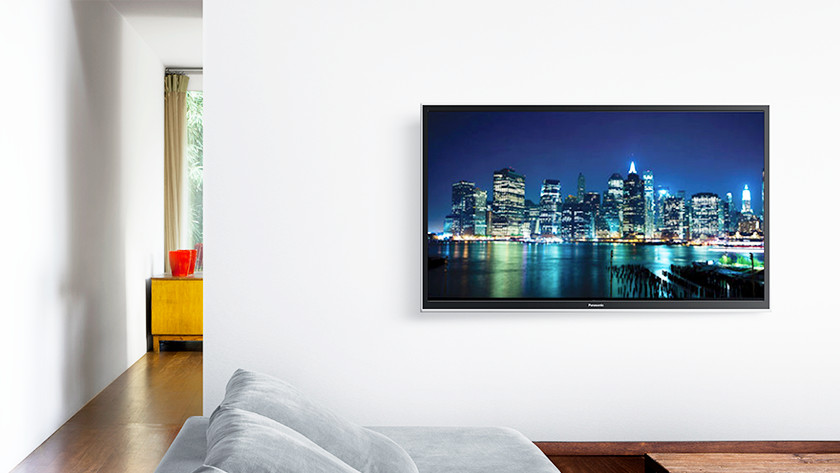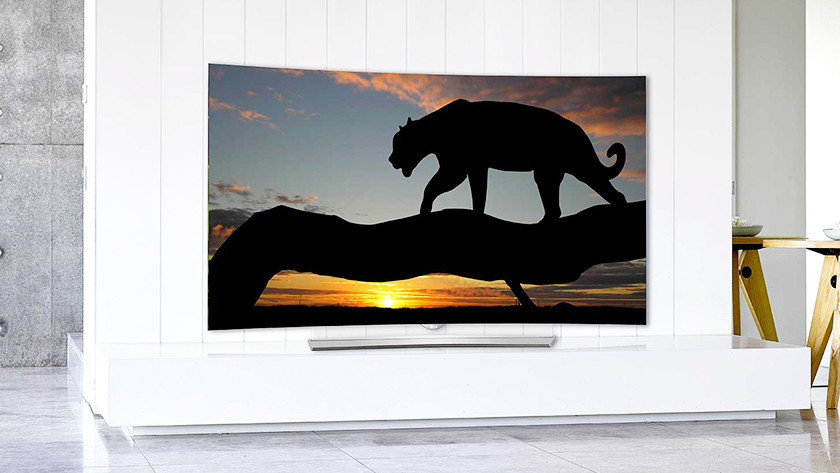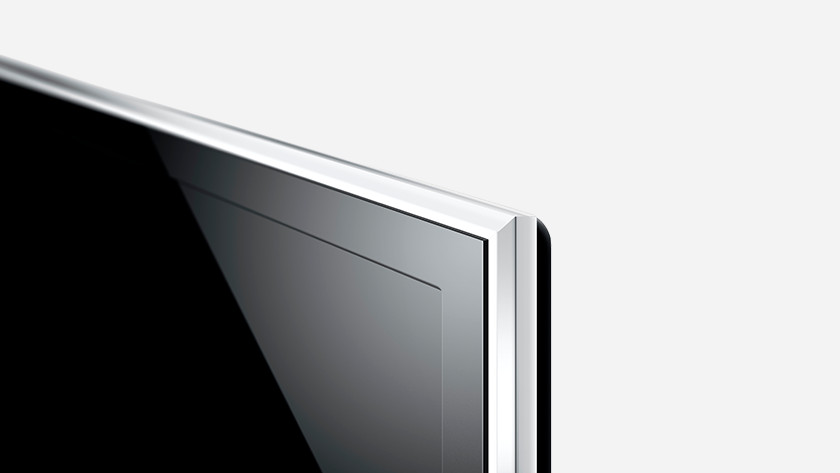
Compare a plasma TV to an OLED TV
Similarities and differences between plasma and OLED
| Plasma | OLED | |
|---|---|---|
| Image quality | Excellent | Excellent |
| Contrast | High contrast ratio and deep black levels | High contrast ratio and deep black levels |
| Viewing angle | Excellent | Excellent |
| Design | Panel and bezel are relatively thick | Panel and bezel are very thin |
| Energy consumption | High | Average |
The technical differences between plasma and OLED

Plasma
A plasma television builds up the image carefully. That's because the panel consists of individual sub-pixels that each display their own color. The TV powers each sub-pixel individually, so you get a realistic image with a large contrast. If part of the screen has to be dark, the television won't power those sub-pixels anymore. Black is really black. A plasma television displays movements fluently, so the image looks natural.

OLED
An OLED television has a panel that consists of millions of sub-pixels that each display their own color, thanks to a filter. Each pixel is turned on and off individually. Does part of the television have to be dark? The television will simply turn off the pixels there. You'll get an image with an endless contrast, so the colors are intense and lifelike. The technique is comparable to a plasma TV, but the subpixels of an OLED are smaller, so the image is sharper.
Looking at plasma vs OLED

Plasma
Fans of plasma televisions rave about the great image quality. Especially when watching movies, series, and sports games, the quality is great. Thanks to the large contrast, you can see dark scenes even better. The color representation is rich and lifelike. When you're watching action movies or sports, the movements on a plasma television are displayed fluently. Even the fastest movements won't show motion blur. Another advantage is that you have the same image quality from every angle, because of the wide image angles of a plasma TV.

OLED
As soon as you turn on an OLED television, you notice it's different than you're used to. You can see intense colors and deep blacks. Dark scenes in movies or series have no secrets, because you can even see details in the shadow. Thanks to the endless contrast of the OLED panel, you can enjoy an image with a lot of depth and bright, lifelike colors. The buildup of movements is fluent and natural. All these features combined ensure a realistic viewing experience if you have an OLED television.
The future of plasma vs the future of OLED

Plasma
Plasma televisions don't get made anymore. This is partly due to the success of the LED TV, but it's also because the plasma technique has its limitations. For example, you can't make a plasma screen with 4K resolution without compromising on the light output. In addition, plasma televisions aren't very thin. They often have a thick bezel around the screen and a bulky backside. What's more, the old plasma televisions consume a lot more power than new LED or OLED TVs. That means you'll spend dozens of euros more on energy costs each year.

OLED
The OLED technique for televisions is still relatively new. The latest generation of screens all have a 4K resolution. In addition, they're very suitable for watching movies and series in HDR. With an OLED, you're ready for the future of television. And don't forget, a TV with an OLED screen is very thin. The bezels around the screen and the casing are often just a few millimeters thick. OLED TVs also consume less power than plasma televisions. All of these properties make OLED televisions the most worthy successor of your plasma TV at the moment.


